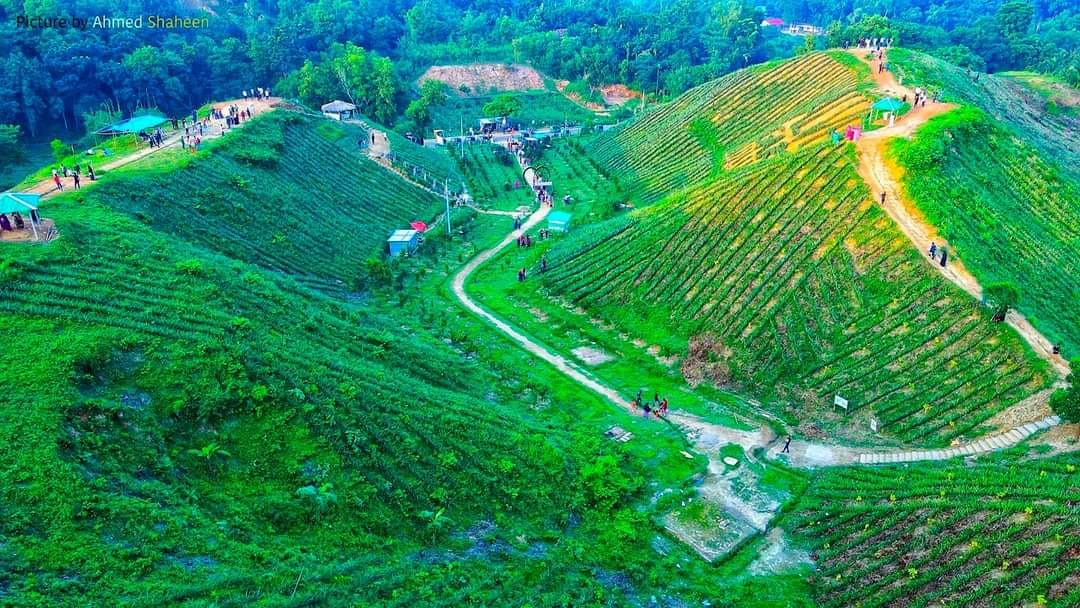-
About Upazila
Introduce to Upazila
History & Tradition
-
About Upzila
Activities of Council
Upazila Governance Related
-
About Upazila Administration
Upazilla Nirbahi Officer
About Organogram
Schedule & Meeting
-
Govt Office
Related to health
Agriculture and Food Affairs
Engineering and Communication
Land matters
Human Resource Development
-
*Upazila Social Service Office
-
*Upazila Co-operative Office
-
*Office of The Upazila Women Affairs Officer
-
*Office of The Upazila Youth Development Officer
-
Bangladesh Rural Development Board (BRDB)
-
* Office of the Upazila Project Officer, PZIP
-
Upazila Palli Daridro Bimocon Foundation Office
-
Polli Sonchoy Bank
-
*Upazila Social Service Office
-
Different Institutions
Educational Institutions
Private organizations
Religious institutions
- E-Service
- Helpline
-
About Upazila
Introduce to Upazila
History & Tradition
-
About Upzila
Administrator
Activities of Council
Upazila Governance Related
-
About Upazila Administration
Upazilla Nirbahi Officer
About Organogram
Schedule & Meeting
-
Govt Office
Related to health
Law and order matters
Agriculture and Food Affairs
Engineering and Communication
Land matters
Human Resource Development
- *Upazila Social Service Office
- *Upazila Co-operative Office
- *Office of The Upazila Women Affairs Officer
- *Office of The Upazila Youth Development Officer
- Bangladesh Rural Development Board (BRDB)
- * Office of the Upazila Project Officer, PZIP
- Upazila Palli Daridro Bimocon Foundation Office
- Polli Sonchoy Bank
-
Different Institutions
Educational Institutions
Private organizations
Religious institutions
- E-Service
- Helpline
Background of Golapganj Upazila
Background:
Golapganj Upazila is a traditional, ancient and prosperous town of Bangladesh, a green land of amazing natural beauty in the Surma-Kushiyara riverbank. Hazrat Syed Bahauddin (R :), one of the companions of Hazrat Shahjalal (R :), the great saint and reformer of Vaishnavism in the subcontinent, Sri Chaitanya, along with innumerable Pir Auliyas were blessed with the footsteps of this fertile land produced paddy, vegetables, fruits Valuable natural resources like gas-oil. Thousands of expatriates of this Upazila are scattered all over the world. It goes without saying that the agricultural products, natural resources, and valuable foreign exchange earned by the expatriates in this prosperous town continue to play an important role in the national economy of Bangladesh. Possessing incomparable natural beauty, the low hills, beautiful forests, rivers, beels, auras, rhymes, and wide plains of this upazila fascinate the travelers from home and abroad. Possessing a wide history and tradition, this Upazila has a glorious past, a prosperous and promising future. From time immemorial, many eminent and accomplished personalities of the region have played an important role in the social, political, economic, administrative, and spiritual life of the country. But the unfortunate but true fact is that due to the lack of continuous preservation of this rich history, it is largely forgotten today. Therefore, composing a complete account of the history and tradition of this ancient town is a very complex, time-consuming, and almost impossible task. There may be some flaws and imperfections in the history and tradition of Goalapganj, which is based on some history books written about Greater Sylhet and Golapganj and reminiscences of local elders. Considering our limitations and disabilities, I expect the readers to have a forgiving view on this issue.
Naming:
No evidence of naming of Golapganj and adjoining areas has been found so far. Based on the rumors and legends, the history of naming Golapganj Upazila was highlighted.
During the reign of Emperor Muhammad Shah (1819-48) during the Mughal rule, Golab Ram (Golab Roy) came to Sylhet from Murshidabad as a short-lived Diwan (Revenue Officer) of Sylhet in about 1840. At that time Samser Khan was the faujdar of the Sylhet region and Shuja Uddin Khan was the ruler of Suba Bengal. Soon after taking charge, this devout Dewan came to know about Sri Chaitanya's fatherland in Dhaka South of Golapganj. Roads and bridges were built from Sylhet to Dhaka South under the direction of the Dewan. On this road he came to Dhaka South and set up a temple in the ancestral land of Dewan Sri Chaitanya, digging a dighi in front of it. The road from Hetimganj to Dhaka is still known as Dewan Road. There is an ancient culvert on this road called Dewan Pool. It is believed that a market called Golabganj was formed on the banks of the river Surma after the name of this Dewan, which changed its name to Golabganj over time. The name Golabganj bears witness to this in the ancient documents and records of Golabganj.
Golapganj as an administrative unit: -
There is no record of any administrative center at Golapganj during the Pathan period and the subsequent Mughal period. It is known that during the Mughal period there was a system of revenue collection in the south of Dhaka. At that time the Chowdhury people, certified emperors of Delhi, were engaged in this duty. Later, during the British rule, the first thana administration was in Hetimganj. In 1908, the then British government shifted the police station office near Golapganj Bazar on the banks of the Surma.
Planning and Implementation: Cabinet Division, A2I, BCC, DoICT and BASIS









